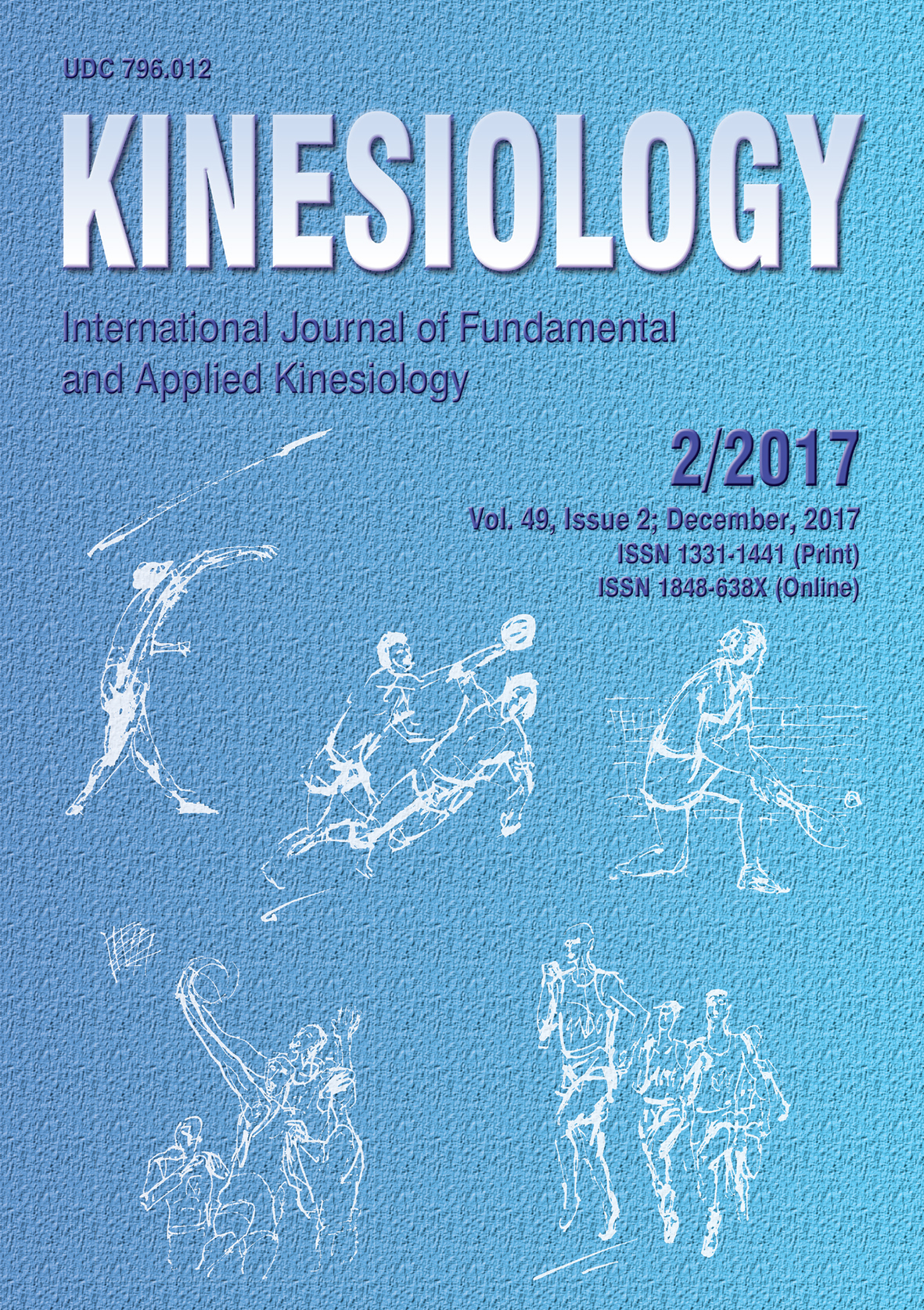PHYSICAL ACTIVITY PREVALENCE IN AUSTRALIAN CHILDREN AND ADOLESCENTS: WHY DO DIFFERENT SURVEYS PROVIDE SO DIFFERENT ESTIMATES, AND WHAT CAN WE DO ABOUT IT?
Abstract
To illustrate how the differences in measurement protocols affect physical activity (PA) monitoring among Australian children and adolescents aged ~5-17 years, this review aimed to summarize and critically assess the most recent findings from the national and state or territory health surveillance systems and population surveys. We compared methods and results of 21 population surveys identified in an extensive web-based search conducted using the entries ‘Physical Activity’, ‘Surveillance’, ‘Monitoring’, ‘Survey’, ‘Australia’ and the names of Australian states and territories as keywords. A large variability between PA prevalence rates from different Australian national- and state-level surveys was observed, both for selfreported and pedometer-based estimates. The prevalence estimates tended to be: [i] higher among children when compared with adolescents; [ii] higher for boys than for girls when assessed using self-reports; and [iii] higher for girls than for boys when assessed using pedometers. The true prevalence of compliance with PA guidelines among children and adolescents in Australia seems to be difficult to determine. To ensure comparability of prevalence estimates, key elements of data collection and processing protocols, such as PA questionnaires, survey administration modes, survey time frames, and definitions of a ‘sufficient’ PA level, should be standardised throughout all PA surveillance systems and population surveys in Australia.
Key words: motor activity, sedentary lifestyle, child, adolescent, surveillance
Downloads
Issue
Section
License
Copyright (c) 2017 Kinesiology

This work is licensed under a Creative Commons Attribution 4.0 International License.
At Faculty of Kinesiology we recognize that access to quality research is vital to the scientific community and beyond. Kinesiology is non-profit journal and all costs of publishing and peer review process are covered by the publisher itself or other funding sources like Ministry of Science and Education of the Republic of Croatia. Full text papers are also available free of charge at http://hrcak.srce.hr/kineziologija. There are no restrictions on self archiving of any form of paper (preprint, postprint and publisher's version).
Articles are distributed under the terms of the CC BY - NC 4.0
Kinesiology does not charge any fees to authors to submit or publish articles in our journal.


